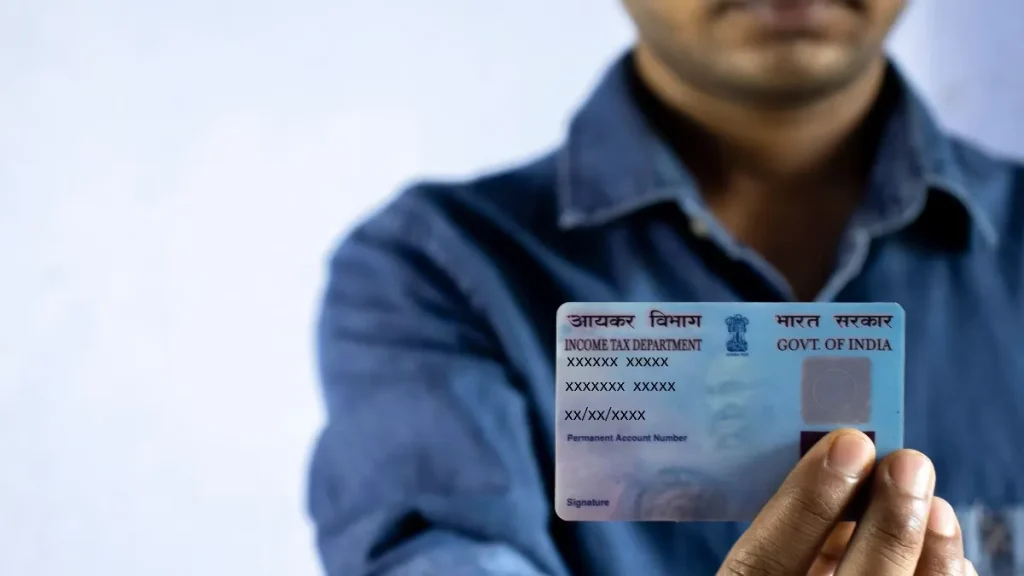A recent viral claim about phishing emails offering e-PAN card downloads has been found to be fake by Channeliam. Scammers are targeting unsuspecting users by exploiting the buzz around the government’s PAN 2.0 project. Here’s everything you need to know about this fraudulent scheme and how to stay safe.

The Fraudulent Scheme Behind the e-PAN Emails
Phishers are sending fake emails pretending to be from the Income Tax Department, trying to convince users to download their e-PAN cards. These emails falsely promise assistance with downloading the digital cards and often ask for sensitive information. The Press Information Bureau (PIB) Fact Check recently flagged these phishing emails as fraudulent.
Understanding PAN 2.0 and How Scammers Are Using It
The government’s PAN 2.0 project, which involves the rollout of digital e-PAN cards, has generated a lot of interest. Scammers are capitalizing on this excitement by sending emails that appear legitimate, but they are designed to steal personal information. The new e-PAN cards come with enhanced security features, such as QR codes, but no one should be asked to download them through a suspicious email.
The Income Tax Department’s Stance on Email Requests
The Income Tax Department has issued a clear warning: it does not request detailed personal information through email. This includes asking for PIN numbers, passwords, or any sensitive financial details. The department has urged the public to remain cautious when receiving unsolicited emails claiming to be from them.
What Is Phishing and How Can You Avoid It?
Phishing is a method used by cybercriminals to obtain sensitive information such as usernames, passwords, or credit card details by posing as a trusted entity. These fraudulent emails often contain links that lead to fake websites. To avoid falling victim to phishing, the Income Tax Department advises never clicking on suspicious links or opening attachments from unknown sources.

How to Protect Yourself from Phishing
To safeguard yourself from such scams, it’s crucial to follow these steps:
- Do not reply to suspicious emails.
- Do not open attachments, as they may contain malware.
- Do not click on any links or enter sensitive information on questionable websites.
- Use updated antivirus software and firewalls to protect your devices.
Reporting Phishing Scams
If you suspect an email or website is a phishing attempt, report it immediately. You can forward the suspicious email to [email protected] or [email protected]. Be sure to delete the email after forwarding it.
With phishing scams on the rise, it’s essential to remain vigilant. Always verify the authenticity of any communication that asks for personal or financial details, and ensure your devices are protected with the latest security software. The Income Tax Department and other authorities continue to work towards educating the public and preventing such frauds from spreading.
